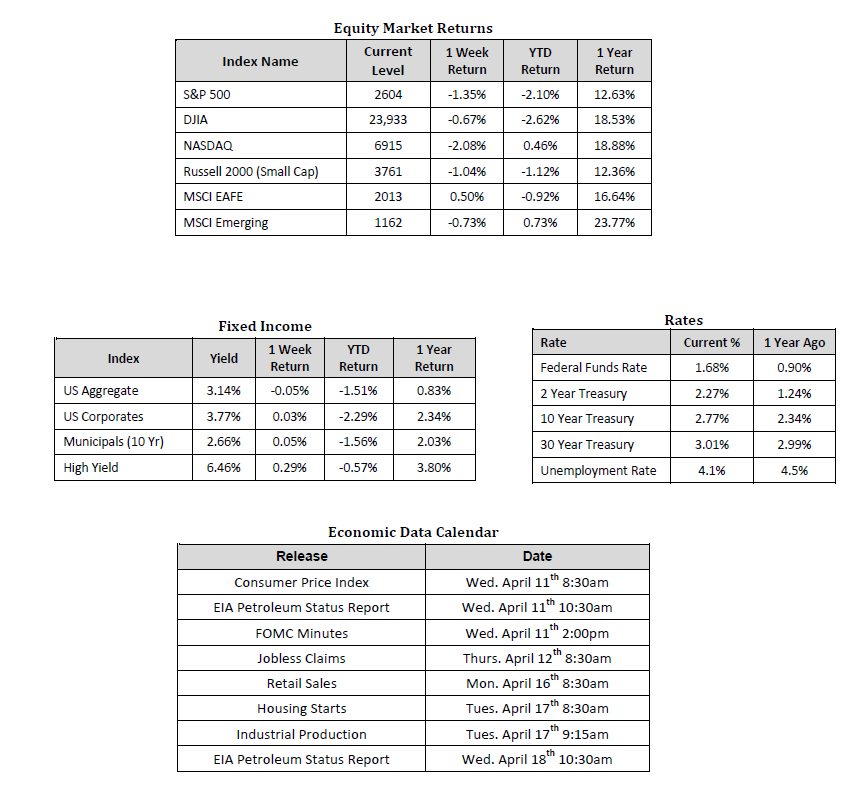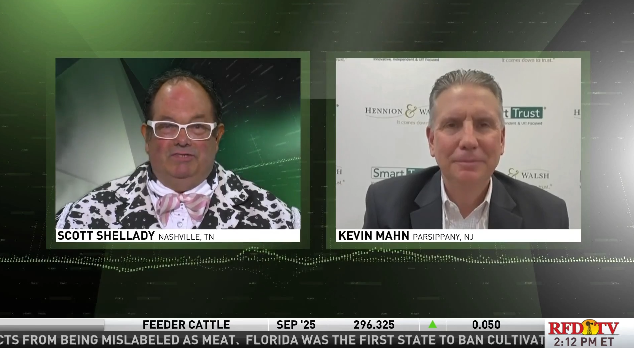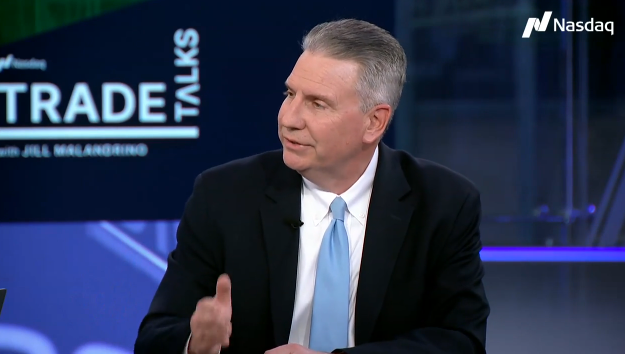
Stock Market Volatility Continues Despite Continued Evidence of a Strong Economy
Market Overview
Sources: Sources for data in tables: Equity Market and Fixed Income returns are from JP Morgan as of 04/06/18. Rates and Economic Calendar Data from Bloomberg as of 04/10/18. International developed markets measured by the MSCI EAFE Index, emerging markets measured by the MSCI EM Index. Sector performance is measured using GICS methodology.
Happening Now
In last week’s Stock Market Update we likened the first quarter experience for equity investors to that of a roller coaster; an initial parabolic jump upward, followed by a number of downward sloping gyrations. As it currently stands, it appears that this pronounced trend of volatility within equity markets will continue into the second quarter of 2018 as well, and already has. Over the past week the S&P 500 Index gave up 1.35%, while the Russell Midcap Index gave up 1.56% and the Russell 2000 Index, a measure of the Nation’s smallest publicly traded firms, gave up 1.04%. On the international front, developed markets gained 0.47% last week while emerging markets finished the week down 0.73%. After a week of heightened trade issues between the U.S. and China, the yield on the 10 year U.S. Treasury note increased from 2.74% to 2.77%. Ultimately these downward gyrations have lead U.S. Equities, along with their Developed International counterparts, into negative territory, but this isn’t where we currently believe they will finish the year for reasons detailed below.
While volatility returned in the first quarter of 2018 and has continued to do so early on in the second quarter of 2018, we contend that this is more of a return to the historical norm rather than an indication of a potential, impending crash in global equities. In fact, we believe that the bulk of volatility equity investors are experiencing can be attributed to a few specific catalysts, all of which we believe are transient in nature. These harbingers of volatility include concerns over the potential for an escalated trade war between the United States and China, revelations regarding the data collection policies of Facebook, as well as the ever-present concern that Jerome Powell and the Federal Reserve might increase the Federal Funds rate at a quicker pace than many are anticipating.
Although additional short term bouts of volatility may be likely in the future, we feel that a number of positive economic metrics point to continued economic growth, and, by extension, continued stock market growth. Interest rates and inflation, although increasing slightly, remain at very low levels from a historical context. Energy prices have bounced back from depressed values and currently trade in a range that is supportive of continued economic growth. Unemployment numbers continue to trend downward, and we’re even seeing promising growth in wages. Increased wages, coupled with impressive consumer confidence levels, should translate to increased consumption. Moreover, the U.S. Dollar has weakened – a trend that is expected to continue – and should make U.S. products more competitive globally. All of these factors in aggregate underpin a strong economy, regardless of any increases in short term volatility. With that said, portfolio diversification becomes increasingly important in times of heightened volatility, and we encourage investors to revisit the diversification that may or may not be in place within their portfolios.
Important Information and Disclaimers
Disclosures: Hennion & Walsh is the sponsor of SmartTrust® Unit Investment Trusts (UITs). For more information on SmartTrust® UITs, please visit www.smarttrustuit.com. The overview above is for informational purposes and is not an offer to sell or a solicitation of an offer to buy any SmartTrust® UITs. Investors should consider the Trust’s investment objective, risks, charges and expenses carefully before investing. The prospectus contains this and other information relevant to an investment in the Trust and investors should read the prospectus carefully before they invest.
Investing in foreign securities presents certain risks not associated with domestic investments, such as currency fluctuation, political and economic instability, and different accounting standards. This may result in greater share price volatility. These risks are heightened in emerging markets.
There are special risks associated with an investment in real estate, including credit risk, interest rate fluctuations and the impact of varied economic conditions. Distributions from REIT investments are taxed at the owner’s tax bracket.
The prices of small company and mid cap stocks are generally more volatile than large company stocks. They often involve higher risks because smaller companies may lack the management expertise, financial resources, product diversification and competitive strengths to endure adverse economic conditions.
Investing in commodities is not suitable for all investors. Exposure to the commodities markets may subject an investment to greater share price volatility than an investment in traditional equity or debt securities. Investments in commodities may be affected by changes in overall market movements, commodity index volatility, changes in interest rates or factors affecting a particular industry or commodity.
Products that invest in commodities may employ more complex strategies which may expose investors to additional risks.
Investing in fixed income securities involves certain risks such as market risk if sold prior to maturity and credit risk especially if investing in high yield bonds, which have lower ratings and are subject to greater volatility. All fixed income investments may be worth less than original cost upon redemption or maturity. Bond Prices fluctuate inversely to changes in interest rates. Therefore, a general rise in interest rates can result in the decline of the value of your investment.
Definitions
MSCI- EAFE: The Morgan Stanley Capital International Europe, Australasia and Far East Index, a free float-adjusted market capitalization index that is designed to measure developed-market equity performance, excluding the United States and Canada.
MSCI-Emerging Markets: The Morgan Stanley Capital International Emerging Market Index, is a free float-adjusted market capitalization index that is designed to measure the performance of global emerging markets of about 25 emerging economies.
Russell 3000: The Russell 3000 measures the performance of the 3000 largest US companies based on total market capitalization and represents about 98% of the investible US Equity market.
ML BOFA US Corp Mstr [Merill Lynch US Corporate Master]: The Merrill Lynch Corporate Master Market Index is a statistical composite tracking the performance of the entire US corporate bond market over time.
ML Muni Master [Merill Lynch US Corporate Master]: The Merrill Lynch Municipal Bond Master Index is a broad measure of the municipal fixed income market.
Investors cannot directly purchase any index.
LIBOR, London Interbank Offered Rate, is the rate of interest at which banks offer to lend money to one another in the wholesale money markets in London.
The Dow Jones Industrial Average is an unweighted index of 30 “blue-chip” industrial U.S. stocks.
The S&P Midcap 400 Index is a capitalization-weighted index measuring the performance of the mid-range sector of the U.S. stock market, and represents approximately 7% of the total market value of U.S. equities. Companies in the Index fall between S&P 500 Index and the S&P SmallCap 600 Index in size: between $1-4 billion.
DJ Equity REIT Index represents all publicly traded real estate investment trusts in the Dow Jones U.S. stock universe classified as Equity REITs according to the S&P Dow Jones Indices REIT Industry Classification Hierarchy. These companies are REITs that primarily own and operate income-producing real estate.




